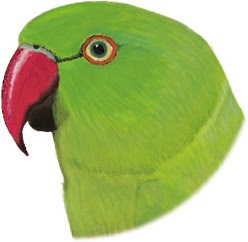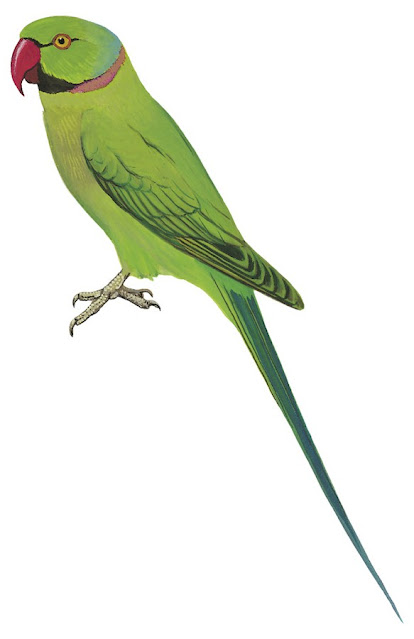The oriental turtle dove has at least six subspecies based on geographical variation in plumage. I think I saw more than one, but I have only one photograph of one I saw in the Eastern Range of Kaziranga NP in Assam, India. In trying to determine which subspecies I saw, the western Oriental turtle dove (Streptopelia orientalis meena) winters in India as far south as Sri Lanka. This is option one. The eastern Oriental turtle dove (S. o. orientalis), the nominate subspecies, is found from Assam to Yunnan and northern Vietnam. This is option two. Option three is a subspecies without a common name (S. o. agricola) which is found from Bengal to northeast India. Assam is in northeastern India. In each of the three options, each subspecies is found in other areas I've not descripted, I've just focused on the description that may include Assam, India.
 |
| Range of the Oriental turtle dove from Birds of the World. |
The Oriental turtle dove has a black and white striped patch on the side of its neck. It has a bluish gray forehead, a rufous wash on the nape, a pinkish face, a pale buff throat which merges into a pink-gray on the neck and breast, the iris varies from light red to red-orange or golden and the orbital skin is dark purple or dark pink, the bill is mostly black, gray or dull purple, but red or purplish at gape edges and the base, and so on. The description goes on and on.
 |
| An illustration of the eastern Oriental turtle dove (S. o. orientalis). |
The dove I saw looks most like, at least from the back and wing feathers, S. o. orientalis, or the eastern Oriental turtle dove.
 |
| Oriental turtle dove in Kaziranga NP in Assam, India. |
















































